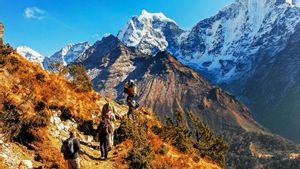Meet 25-year-old mountaineer, Harshvardhan Joshi, who successfully climbed Mount Everest, despite contracting COVID-19 on the way. Not only did he go carbon neutral on his expedition, but also distributed some solar panels enroute to promote sustainability.
Adventurous in the most unexpected way is how Joshi describes the entire experience. "I tested positive for COVID-19 just before the summit push, that too at a place where there was lack of oxygen, the body was under stress, there was no medical backup, no communication, and as the helicopter couldn't fly high upon the mountain, getting a rescue service was also not possible."
To add to this, the route was longer and more dangerous, thanks to the effects of climate change. Not to mention the multiple cyclones that made it difficult to get the weather window required for a safe climb.
Climbing Everest in the COVID recovery phase
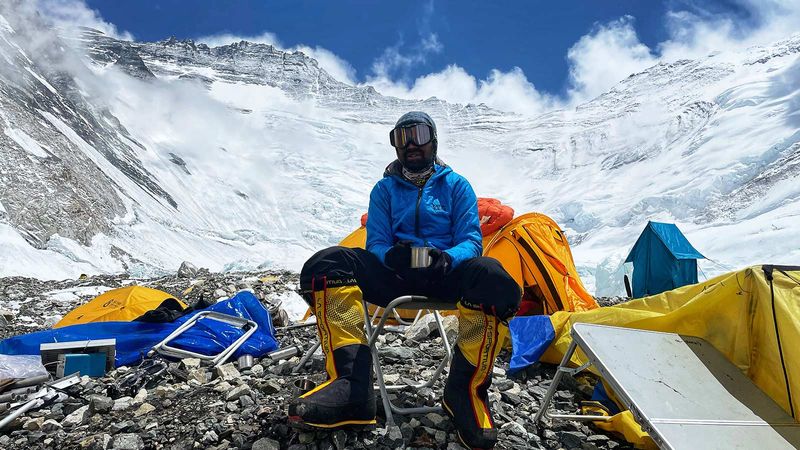
On May 8, when Joshi was at the base camp and was just about to leave for his final summit push, he contracted the virus, and decided to delay the climb for 11 days. He was in fact, planning to climb the neighbouring peak, Lhotse, but seeing many scale Everest, he decided to prioritise it, despite the lack of a good weather window. And, on May 23 at 6.40 am, he reached the summit. "Lhotse is much safer because its direction is such that the climb is not affected by the wind as much as it is while climbing Everest. But I am glad that I went to Everest, as it was the priority, and a much bigger investment."
Speaking of managing a climb like this, especially in the COVID recovery phase, Joshi says, "Fortunately, because I had taken both shots of the Covishield vaccine, I was asymptomatic. I took the jab in February and March, and got COVID in May. Yes, there were acclimatisation and oxygen-related issues, but they were the least of my concerns because COVID was a bigger problem."
Although, there was enough oxygen and Joshi had done his acclimatisation rotations earlier, the gap of 20 days caused by the virus between his last rotation and the summit push was his biggest fear. However, thanks to his healthy routine, his body coped well. "I am young and light-weight, I ate and slept a lot, drank lots of water, so I didn’t really face any issues. There was mental stress, but no physical issues."
Passion with sustainability
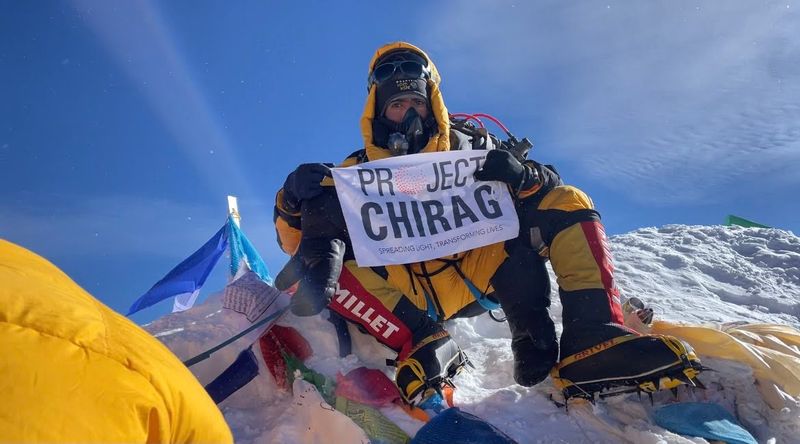
An IT engineer, Joshi always wanted to climb Everest with a cause he can relate to, and his annual stays in Ladakh where the effects of climate change can be witnessed firsthand, made him pick sustainability.
"Renewable and solar energy can solve a lot of issues because electricity is a big problem in remote places, especially in the Himalayas. Wherever people don’t have electricity, they lose 12 hours a day. So, I thought this can solve problems not just related to climate change but also on the socio-economic front. It can generate employment, whereas, lack of electricity can deprive people of education and healthcare,” he explains, adding that while grid electricity requires 10 to 20 grids, solar can be accessed by everyone.
Joshi, who later became the youth ambassador for Project Chirag, an initiative by NGO Chirag Rural Development Foundation, that has electrified over 18,000 houses in India, credits them for helping him raise funds for his campaign, Sangharsh. "The idea behind going solar on Everest as a part of this campaign was to convey that if we can stay solar for two months and can create a carbon offset then imagine what you can do by making sustainable, mindful choices in an urban environment like Mumbai."
Not only did he crowdfund his campaign but invested his savings and even took some loans. "It was all worth it and a great learning experience."
While this time he managed to donate four to five solar panels in the Everest region, by July or August, he plans to execute the project of electrifying some remote villages in Nepal.
Moreover, the locals he says were keen on discussing sustainable ideas, as they also want to give up conventional sources of fuel. "They burn a lot of yak dung for room heating even during summers. So, they want us to help them innovate solar sustainable solutions that don’t require fossil fuel, kerosene, and can run the electricity and communication lines in their area."
Sustainability and the self
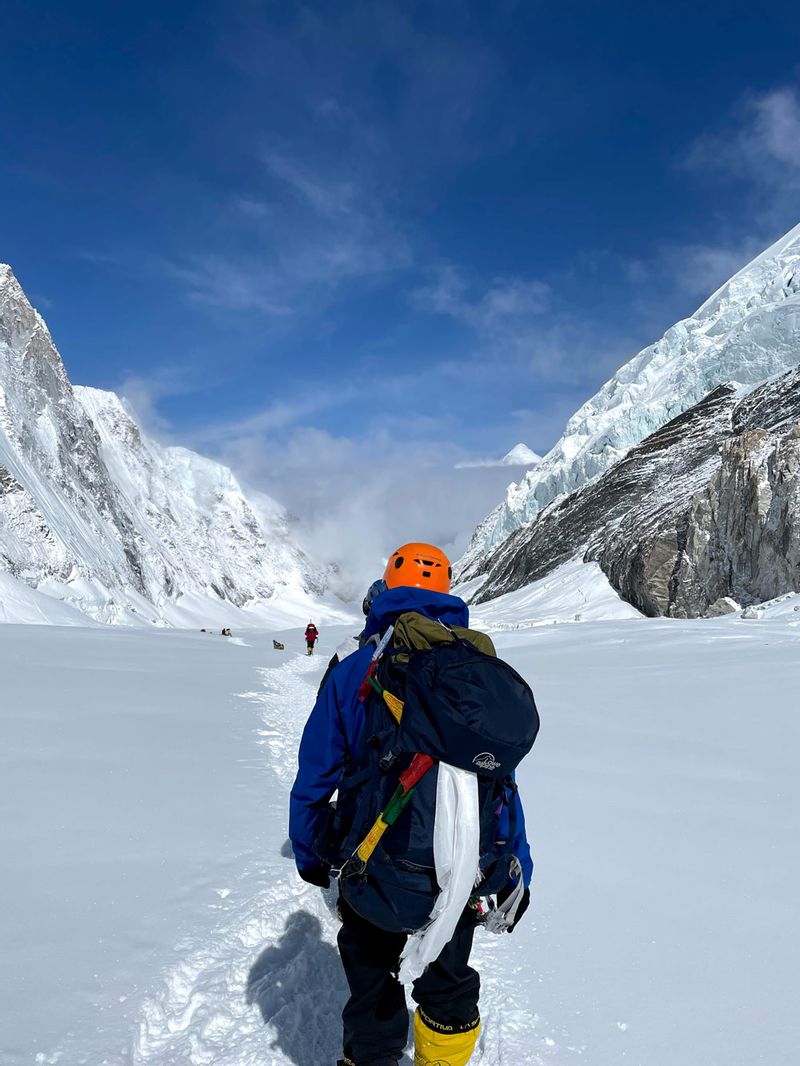
Joshi believes that while awareness about sustainability is increasing there a still a long way to go. "People think places like Everest are full of mountain trash, which is not true. They don’t realise that if we are unable to keep cities like Mumbai clean, then how can you expect a place like Everest to stay clean. Bringing down trash from there is a difficult and expensive process, and takes years of effort."
In order to take the first step towards sustainability, he suggests going solar. "Although, it is a big investment today, in over 10 years you save a lot of money. Installing even one kilowatt system is equivalent to planting trees in over a 9,000 square-feet area every year."
"It's good that all the big companies now include sustainability in their portfolio, at least for the sake of brand image and some are also recycling. But they still need to scrap plastic waste completely," he adds.
Other than his recent Everest mission, Joshi tries to take small steps towards a sustainable lifestyle, such as, avoiding single-use plastic, not buying too many clothes, commuting via public transport or bicycle, instead of a personal car, planting trees at his Mumbai home, composting and not littering. Next, he plans to go to Manaslu in October, and is writing a book about this journey.
Tips to keep the mountains clean
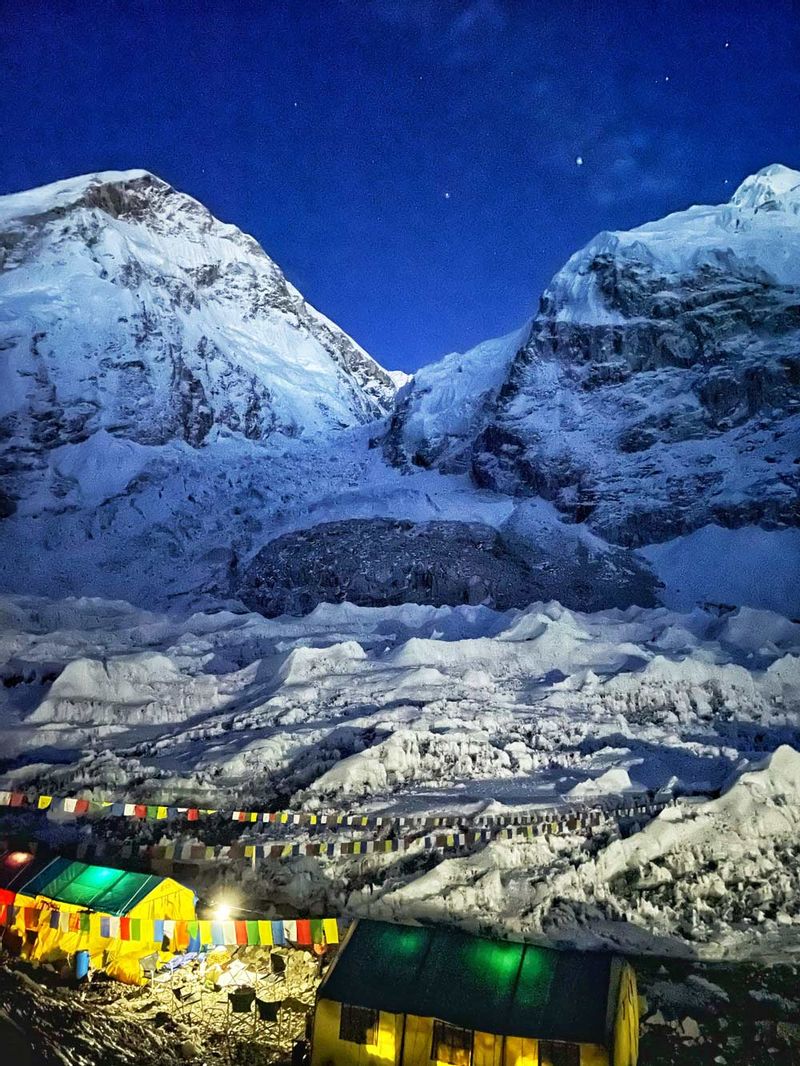
- Get your trash down.
- Leave the place better than you found it earlier.
- Understand that non-biodegradable things aren't supposed to be left behind.
- Be as minimalist as possible.
Tips for climbers aspiring for the Everest
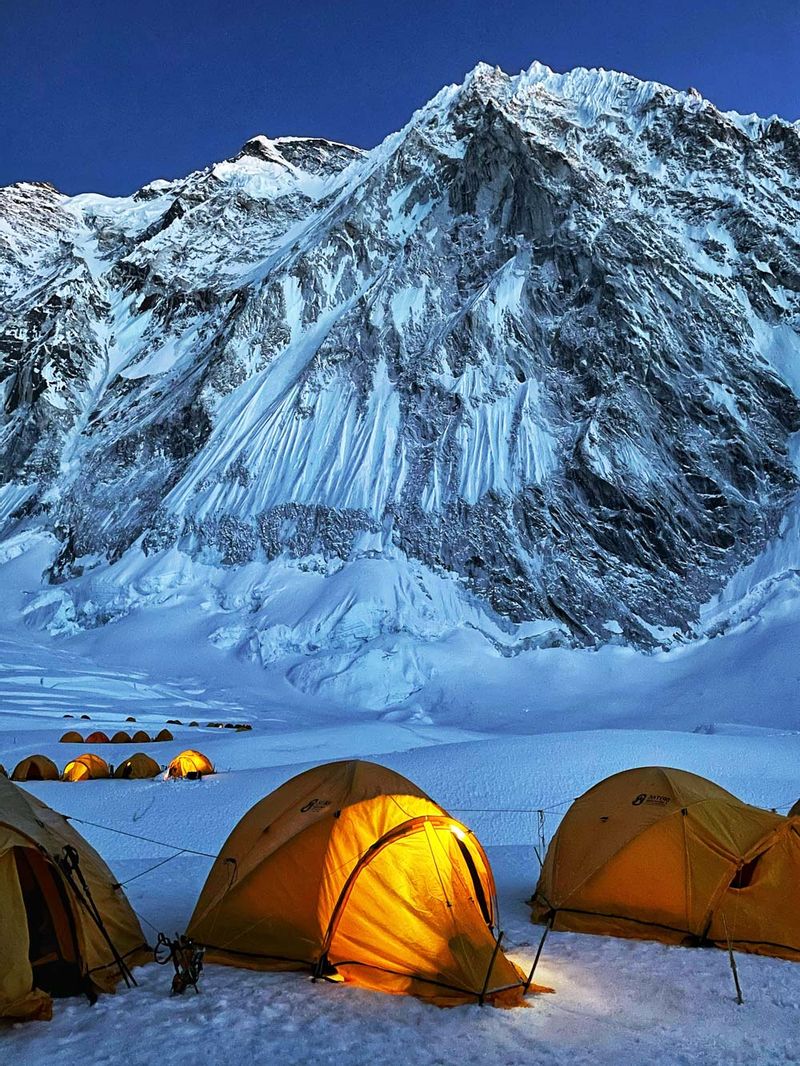
- Don’t go under prepared. "Lots of people come under prepared and Indians are the pioneer in that. They literally go there on a suicide mission. Fortunately, this was the first year in a few decades when none of the Indian climbers died. But I saw that many were close to dying, but refused to turn around even if they knew they were going to die, and were also reminded that they are not prepared. They don't listen, and don’t even come with the right gear, some are slow and end up putting others at risk."
- Go with experience and knowledge, and have a scientific approach towards climbing a mountain, as just a mountaineering course is not enough.
- Prepare yourself both physically as well as mentally, and do it patiently over years. Make it a long-term goal and work towards it.
- Instead of looking for shortcuts enjoy the journey. Although it comes with some suffering, it offers a much greater learning experience.
- Sort your finances, and once you take the decision to climb, stay consistent and true to it.




